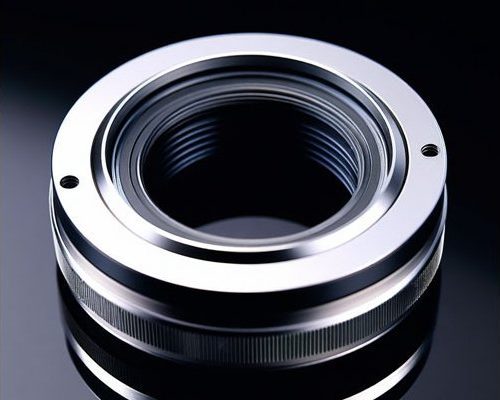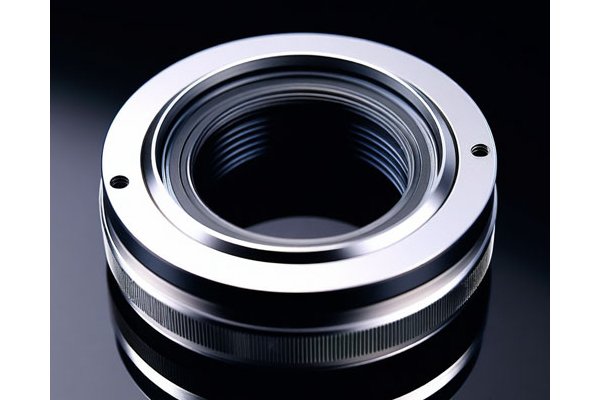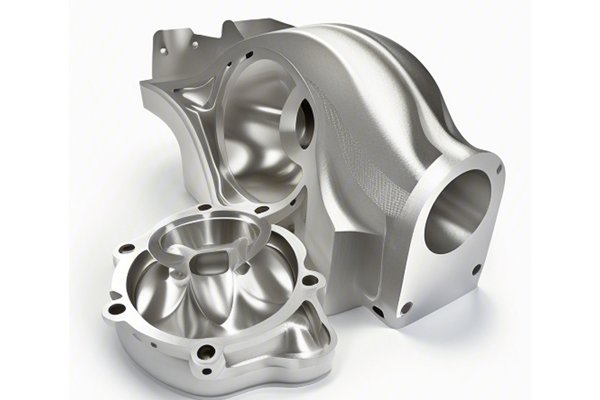Opening Remarks
Welcome to the fascinating world of CNC machining, where precision meets innovation, and optical parts take shape like magic! If you’ve ever marveled at the clarity of a high-definition lens or wondered how complex optics are crafted, you’re in for a treat. This article dives deep into CNC machining’s role in manufacturing optical parts, exploring its benefits, applications, and why it’s a game changer in the industry. So, grab a cup of coffee, and let’s explore together how this technology really sharpens the vision of what’s possible!
Understanding CNC Machining: The Basics
Before we get into the juicy details about optical parts, let’s break down what CNC machining is. CNC stands for Computer Numerical Control, which means that machines operate based on a computer program that instructs them how to move, cut, and shape materials. Think of it like a conductor leading an orchestra, where every note (or cut) must be perfectly timed and executed.
The precision that CNC machining offers is unparalleled. It has transformed manufacturing by allowing companies to produce complex designs with remarkable accuracy and speed. Whether it’s metal, plastic, or exotic materials, CNC machines can handle it all and produce parts that meet stringent specifications. But why is this particularly significant for the production of optical components? Let’s find out!
Precision and Accuracy: The Heart of Optical Parts
When it comes to optical parts—like lenses, prisms, and mirrors—precision is paramount. Any slight deviation in measurements can lead to a distortion in vision, making quality control extremely important. CNC machining excels in maintaining tight tolerances, often within just a few microns.
Imagine trying to bake a cake. If you measure the ingredients inaccurately, you end up with a disaster. Similarly, optical components require exact dimensions to function. For instance, a lens needs to maintain a specific curvature for the light to focus correctly. With CNC machining, manufacturers can produce these components consistently, ensuring that each part meets the desired specifications.
Versatility in Material Selection
One of the most significant advantages of CNC machining in optical parts manufacturing is the versatility of materials. From traditional glass to advanced polymers, a variety of materials can be machined into intricate designs.
Think of CNC machines as skilled artisans, able to mold various types of clay into beautiful sculptures. The materials used for optical components not only include optical glass but also specialized plastics that can be shaped and polished to yield clear visibility without weight. This flexibility allows optical manufacturers to cater to diverse applications, be it in cameras, microscopes, or laser systems.
Fast Prototyping: Speed Meets Efficiency
In the rapidly evolving tech landscape, the ability to create prototypes quickly can make or break a company. CNC machining facilitates rapid prototyping by allowing designers to create and test their optical parts in a fraction of the time it would take using traditional methods.
Picture this: you’re working on a project with an upcoming deadline. With CNC machines, you can churn out prototypes in just hours, not days! This means that you can tweak designs and iterate on ideas faster than ever. In industries where the market drives innovation, such as optics, being able to get a product to market quickly while also maintaining quality gives you a significant competitive edge.
Enhanced Reproducibility: Consistency is Key
One of the greatest challenges in manufacturing optical parts is ensuring consistency across batches. Variability can arise from the manufacturing process, affecting the optical functionality of each piece produced.
CNC machining removes much of that variability through automation and standardized processes. Like a reliable coffee machine that brews your perfect cup every time, CNC machines deliver consistent results across multiple runs. This becomes particularly critical for manufacturers that need to produce large volumes of optical parts without compromising quality.
Cost-Effective Solutions for High-Quality Production
While the initial investment in CNC machinery may seem daunting, it’s essential to consider the long-term cost benefits. The efficiency of CNC machining translates to reduced labor costs, decreased waste, and the ability to scale production without the need for substantial increases in workforce.
Imagine you’re at a farmer’s market, deciding between fresh produce and canned goods. While the fresh produce may cost more initially, its quality is far superior, and it lasts longer. CNC machining follows a similar principle: though it may require an upfront investment, the high quality and reduced operational costs yield savings and benefits over time.
Complex Geometries Made Simple
Optical parts often require intricate designs that can be challenging to achieve with traditional manufacturing methods. With CNC machining, complex geometries that were once considered impossible become feasible.
It’s akin to turning a detailed painting into a 3D sculpture. Intricate shapes and contours can be crafted with finesse, allowing for innovative designs that enhance the functionality and performance of optical devices. Whether creating a lens with a specific aspheric profile or a complex housing that houses delicate components, CNC machining paves the way for creativity and advancement.
Quality Control: Assurance at Every Step
In the realm of optical components, quality checks are non-negotiable. To ensure precision and quality, many CNC machines are equipped with advanced sensors and tools for in-process inspection. This means that potential defects can be detected early in the manufacturing process, preventing waste and rework down the line.
Picture a balloon artist checking each balloon before inflating—as soon as they notice a weak spot, they can adjust immediately, ensuring every creation is flawless. Similarly, with CNC machining, manufacturers can optimize the process and reduce the incidence of defects, resulting in top-tier products that meet industry standards.
Future Trends in CNC Machining for Optical Parts
The technological landscape is constantly shifting, and CNC machining is no exception. Emerging trends such as automation, artificial intelligence, and machine learning are influencing the way optical parts are manufactured.
Think of these advances as being similar to upgrading from an old flip phone to a smartphone—suddenly, you have access to unlimited possibilities! Automation can streamline processes further, while AI can offer insights into improving efficiency and quality. Companies that embrace these technologies won’t just keep up with industry trends; they’ll set them!
Conclusion: A Clearer Vision for Optical Parts Manufacturing
To wrap it up, CNC machining is revolutionizing the way we manufacture optical parts. With its precision, versatility, speed, and cost-effectiveness, it’s no wonder this technology is at the forefront of the optical industry. Whether you’re a manufacturer, a designer, or simply a curious reader, understanding these concepts enhances your appreciation for the craftsmanship behind the optical components we rely on in countless applications.
So, the next time you gaze through a lens or adjust a camera, remember the intricate journey those optical parts took to become a reality. It’s a blend of artistry and engineering where CNC machining plays a starring role. Keep exploring, keep questioning, and you’ll never stop learning in this exciting world of technology and manufacturing!



